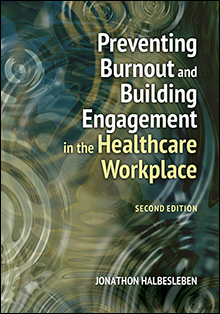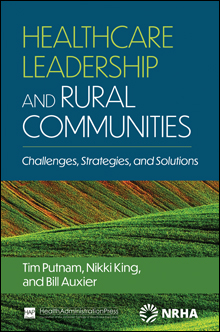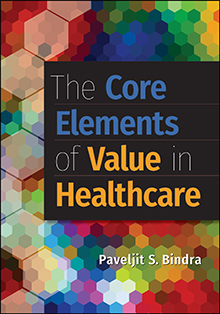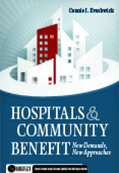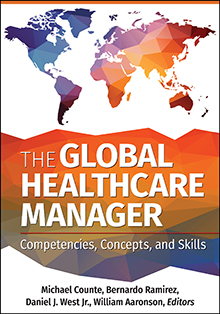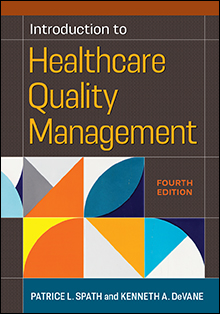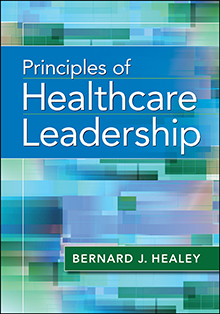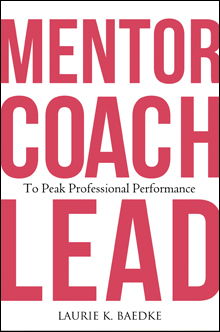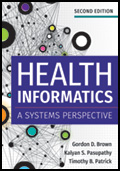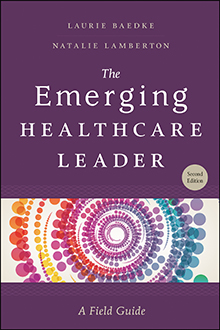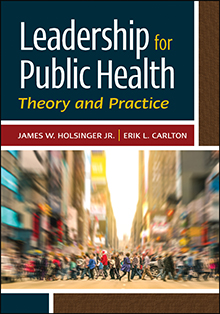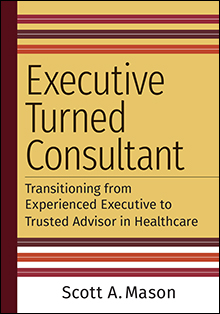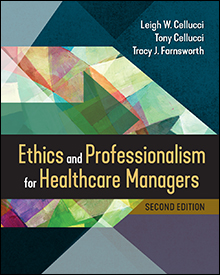Population, Community, and Public Health Management: Cases and Concepts, Second Edition
Connie J. Evashwick, ScD, LFACHE Jason S. Turner, PhD Simone Singh, PhD
- Digital Access: $27.00 180-Day Access on ACHE Activate
- Print: $75.00
- Digital Publication
- Textbooks
Book Description
To provide optimal care for their patients, healthcare leaders must consider the broader context in which care is delivered. Population, Community, and Public Health Management explains how to improve care for patients and the broader community by applying management concepts beyond the walls of an individual institution.
This extensively revised second edition has evolved from a casebook into a core textbook. Eight expanded overview chapters give students the definitions, frameworks, and primary concepts they need to analyze the case studies. Didactic chapters on population, community, and public health examine the differences and similarities between these fields from a management viewpoint.
Additional chapter topics include:
- Public health infrastructure at the federal, state, and local levels
- Social determinants of health, cultural competence, and health disparities
- Theories related to social and behavioral health
- Data and measures used to assess the health of a population
- Community health needs assessments and community asset mapping
- Community benefit history, trends, and challenges
The book features 16 real-world cases that present multi-faceted, complex management dilemmas in settings that extend beyond hospitals and doctors’ offices to include a community's numerous service providers, payers, and agencies. Existing themes of value-based financing and population health management are pursued in updated cases on community outreach programs, veterans health, comprehensive rehabilitation, services for seniors, and federally qualified health centers. Seven cases new to this edition explore current topics such as integrating public health and healthcare delivery, reducing health disparities, managing wellness with information technology, addressing social needs, implementing a community health needs assessment, and providing healthcare to immigrant children through schools.
Population, Community, and Public Health Management will broaden future leaders' perspectives and teach them how to apply healthcare management principles across institutional boundaries to address complex issues for the ultimate benefit of their patients, their organizations, and their communities.
Book Details
Order Code: 2490
ACHE Activate ISBN: 978-1-64055-536-5
Print ISBN: 978-1-64055-400-9
ePub ISBN: 978-1-64055-402-3




